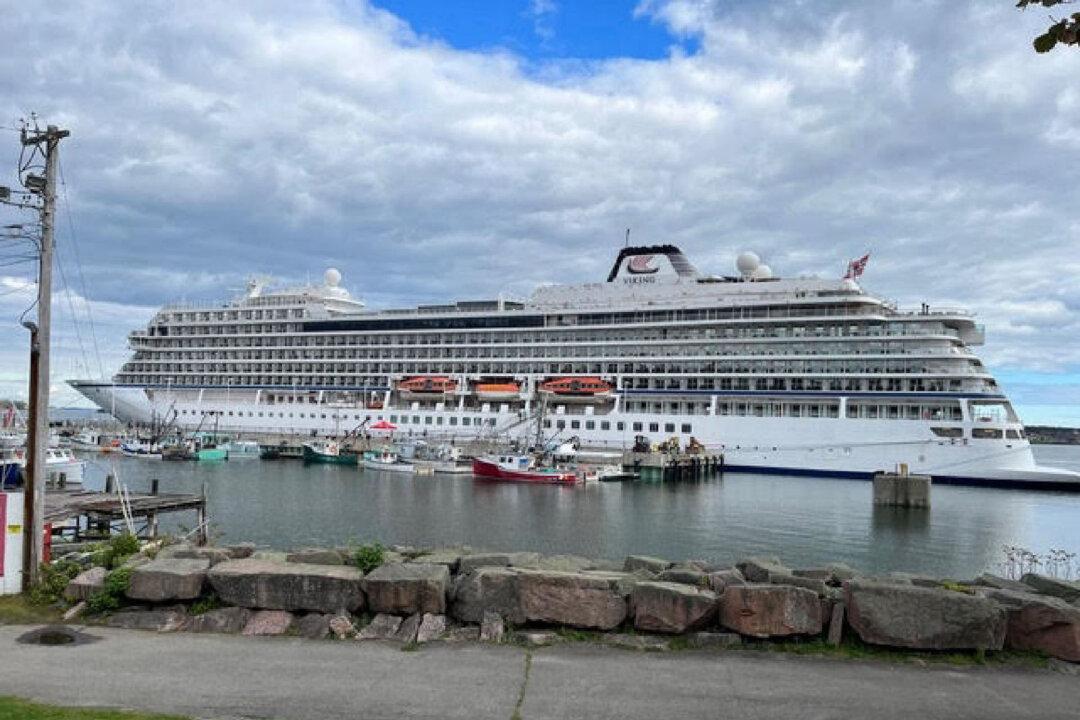Among multiple choices one can use to navigate the Down Under countries of Australia and New Zealand is a 14-day cruise aboard Holland America Line’s 1,918-passenger Noordam that my wife and I found to be a most comfortable option.
Arriving several days early in Auckland gave us time to explore New Zealand’s most important city while ensuring that nothing could jeopardize our departure. Auckland has a bustling and appealing waterfront, a smattering of elegant homes dating back to the colony’s mid-19th-century founding and a massive sky tower offering unbeatable views. Also nearby are numerous natural and rural destinations that make for comfortable day trips.
Our ship first docked at Tauranga, the nearest port to Rotorua, home of New Zealand’s famed hot springs and geysers, as well as a site dedicated to preserving the culture of the Maoris. These indigenous people who held the territory prior to British arrival are widely assumed to have originated in Polynesia. DNA samples have shown that their ancestors may have traveled from Taiwan via extraordinary long boats, arriving in present-day New Zealand in or around the 14th century.
We spent a day touring Rotorua’s key sites but had to bypass Napier—famous for its collection of art deco structures—because of recent flooding. The highlights of Wellington, New Zealand’s national capital, included the Te Papa Museum, home to a trove of Maori artifacts and structures. Also intriguing was a depiction of the 1915 World War I military disaster at Gallipoli, Turkey, a battle enshrined in the histories of New Zealand and Australia.
A diversion to peaceful Picton preceded our exploration of Christchurch, still rebuilding after devastating 2010 and 2011 earthquakes. Today the city offers a fascinating look at urban reconstruction, user-friendly greenery and modern architecture. It features an impressive collection of new structures that include an airy “cardboard cathedral” church largely constructed from giant cardboard rolls that has become a symbolic highlight of the reconstruction effort.
Then came Dunedin, a city purposely developed by Scottish immigrants determined to resemble its ancient namesake of Edinburgh. Incidentally, Dunedin means “Edinburgh” in Gaelic. Other highlights included a settlers’ museum and a Chinese garden.
After a day at sea, we rounded the bottom of New Zealand’s South Island before reaching Fiordland National Park and stunning Milford Sound. There we savored views of soaring cliffs and occasional glaciers from both our cabin balcony and the open prow of the ship.
To reach Hobart, Tasmania, we crossed the Tasman Sea. While we opted to explore the historic heritage of this maritime center, many other passengers booked an excursion to see the early prison at Port Arthur, a well-preserved slice of history. The ship offered a wide mix of organized off-ship excursions throughout the trip, including a number of excursions to wineries that produce some of the area’s most popular exports.
It was a challenge to explore Melbourne, Australia’s second-largest city, with limited shore excursion time, so we headed downtown to check out several of the city’s preserved and restored commercial arcades. Here we discovered shopping and dining in elegant settings.
The Melbourne surface rail line brought us quickly downtown from the docks. This allowed us time to check out multiple shops while still having time to walk around the historic core of the city, much of which includes meticulously preserved grand 19th-century structures erected with funds made possible by the mid-1800s gold rush.
A final day at sea brought us to throbbing Sydney, home to 6 million people—roughly one-quarter of Australia’s population. We spent an extra four days enjoying Sydney’s fine dining, great music and arts, an Australian Football League match and the excellently preserved Rocks area where the earliest English landings occurred in 1788. We also enjoyed meandering among one of the world’s most fascinating collections of modern architecture.
While we were on the ship the Noordam featured superb fine dining at its Pinnacle Grill, where we enjoyed the best meal of the trip that featured crab cakes, extraordinary New Zealand lamb chops, and Key lime pie. The Canaletto fine-dining option featured Italian cuisine.
Each day began with omelets made from pick-your-own ingredients in the Lido Grill. Later we enjoyed Lincoln Center Stage, the fine-music option Holland America presents on vessels throughout its fleet. Concerts range from solo classical sonatas and trios or quartets to arrangements of Broadway hits for their combo of piano, viola, violin and cello. The musicians were recruited by Lincoln Center, and crowds steadily grew to SRO by the end of our voyage. Other pluses were the comfort and amenities of our compact but efficient balcony cabin that allowed us to enjoy many special moments as we sailed through the scenery. We also had an in-room package of entertainment options as well as an internet package that enabled us to check messages and look at websites as we traveled.
When high season returns in November, Holland America will again offer frequent similar sailings, with Auckland and Sydney trading roles as embarkation-disembarkation points: www.hollandamerica.com.





